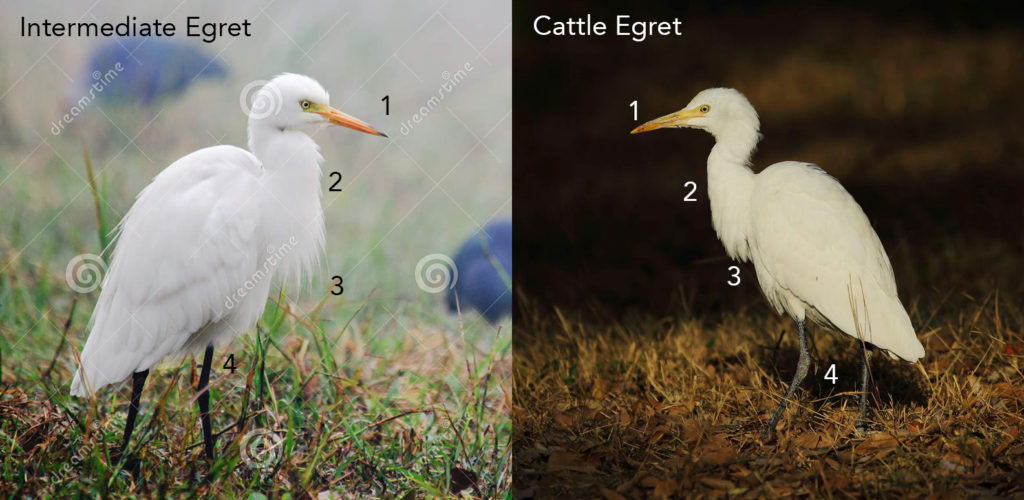April 6th 2017
Fatehpur, Rajasthan
Travelling on work throws up all sorts of surprises. So it was on a hot, sandy morning at Fatehpur, where a bunch of us had travelled to from Jaipur, in search of farmers. I had not had the time (or inclination I have to admit) to look up Sikar or Fatehpur on a map. On the road, the boards indicated that we were on the Bikaner highway. The Bikaner boards reminded me of our Rajasthan trip from a couple of years ago - the carcass dump of Jorbeer, beautiful cranes of Kichan, the havelis of Phalodi, the Thar desert, kher sangri and bustards.
It was a usual chaotic scene, with transport in all shapes and sizes, from slow moving camels to large lumbering trucks, all jostling for space on a road that was definitely several sizes too small for all of this.
We arrived and hurried or rather, scurried, across avoiding the sand that was being whipped up by the hot winds, when I saw this large, decrepit and desolate haveli on the opposite side of the road.
Turns out, we were in Shekhawati lands, the area in north Rajasthan, where wealthy Marwari merchants built their homes, in the eighteenth century or thereabouts, only to begin to move away to other parts of the country, including Madras, to escape from invasions as also to grow their fortunes.
The Kedia haveli, according to Wikipedia,
Fatehpur, Rajasthan
Travelling on work throws up all sorts of surprises. So it was on a hot, sandy morning at Fatehpur, where a bunch of us had travelled to from Jaipur, in search of farmers. I had not had the time (or inclination I have to admit) to look up Sikar or Fatehpur on a map. On the road, the boards indicated that we were on the Bikaner highway. The Bikaner boards reminded me of our Rajasthan trip from a couple of years ago - the carcass dump of Jorbeer, beautiful cranes of Kichan, the havelis of Phalodi, the Thar desert, kher sangri and bustards.
It was a usual chaotic scene, with transport in all shapes and sizes, from slow moving camels to large lumbering trucks, all jostling for space on a road that was definitely several sizes too small for all of this.
We arrived and hurried or rather, scurried, across avoiding the sand that was being whipped up by the hot winds, when I saw this large, decrepit and desolate haveli on the opposite side of the road.
Turns out, we were in Shekhawati lands, the area in north Rajasthan, where wealthy Marwari merchants built their homes, in the eighteenth century or thereabouts, only to begin to move away to other parts of the country, including Madras, to escape from invasions as also to grow their fortunes.
 |
| Two havelis, next to each other, and I was both amazed, and saddened. |
 |
| The board read, "Kedia Haveli". But it was in total neglect, it seemed. Political and movie posters were stuck across its pillars, and front facades. |
The haveli has two chawnks or courtyards a garden with fountain at back and Naals on both sides; the wall paintings are traditional. It has a library and modern baths. It was first haveli in Fatehpur to have electricity (via generators) and called Bijliwali Haveli. In 1931 AD Sitaram Kedia was married to the daughter of Bajaj family of Bisau. On this occasion Rao Raja Maharaj Shri Kalyan Singh Ji Bahadur of Sikar Thikana came to bless the couple. Seth Shree Bohitram Kedia brought an aeroplane (popularly called 'Cheel Gadi' or eagle craft) to scatter invitations printed on handkerchiefs for all and flower petals on His Royal Highness. Pleased with the courtesy and respect His Royal Highness granted the family of Seth Shree Bohitram Kedia permission to wear gold ornaments below their waist (a privilege that only royals enjoyed in that era).
Although most rooms are locked one can visit the haveli free of any charge, courtesy the Kedia family.
 |
| On my return I found this better picture of the entrance in Wikimedia, and looks like it was opened up for the photograph. But the posters are still there. |

 |
| Traces of the freehand wall murals can be seen. Shekhawat wall murals are well known. |
Fatehpur has other important havelis it appears. Saraf, Fatehchand and the Nandlal Devra havelis.
The last mentioned has been restored, now serves as a homestay, cum artists revival project, spearheads the restoration of the havelis, and much more.
See the link http://www.cultural-centre.com/. Sadly, since I knew none of this before hand, and we returned to Jaipur that evening, I could not visit any of the others. Lack of any data connectivity at Fatehpur meant all my learning and discovery happened later.
Moral of this story for me is - always do your homework before you travel.
The last mentioned has been restored, now serves as a homestay, cum artists revival project, spearheads the restoration of the havelis, and much more.
See the link http://www.cultural-centre.com/. Sadly, since I knew none of this before hand, and we returned to Jaipur that evening, I could not visit any of the others. Lack of any data connectivity at Fatehpur meant all my learning and discovery happened later.
Moral of this story for me is - always do your homework before you travel.




























